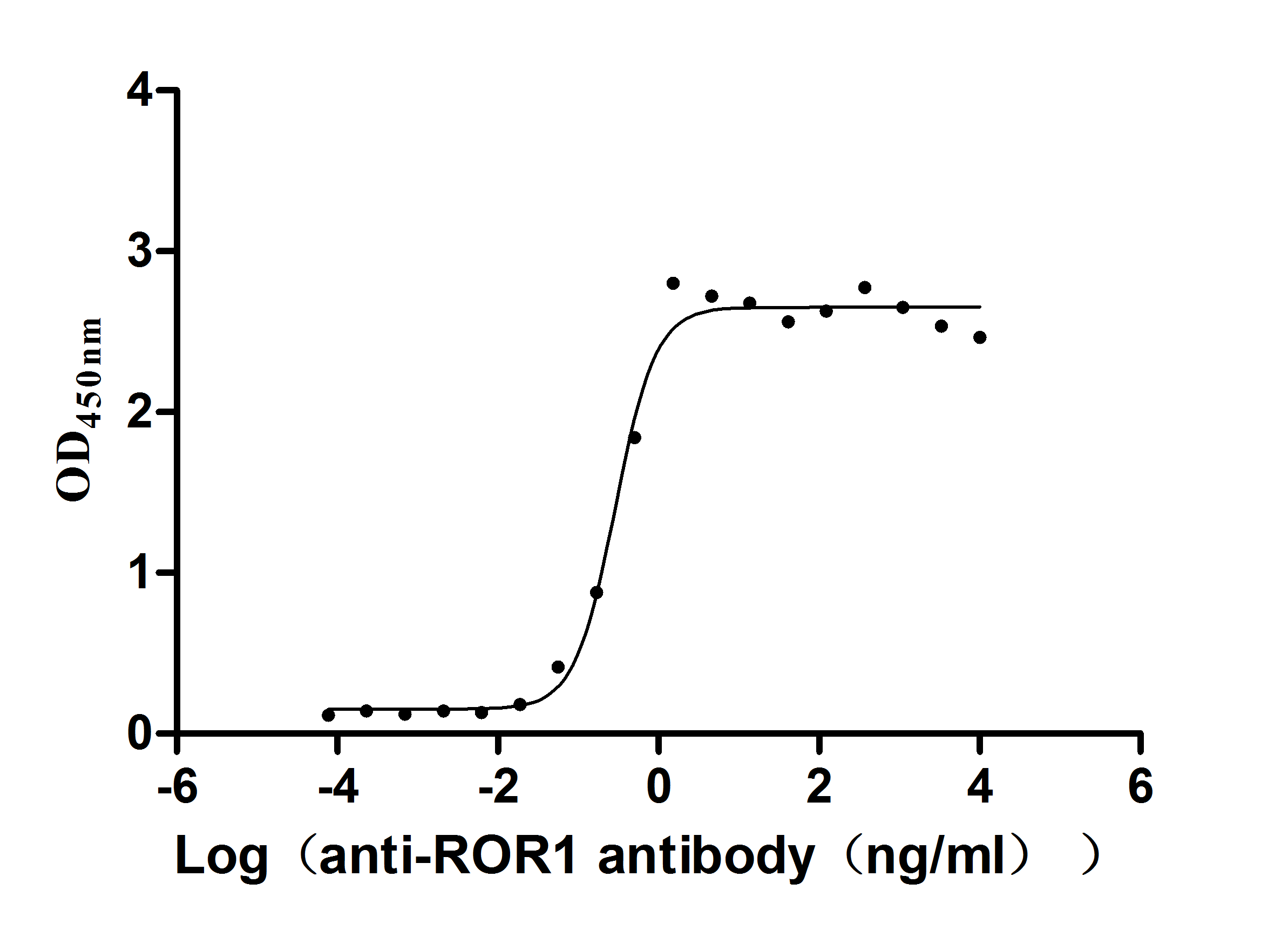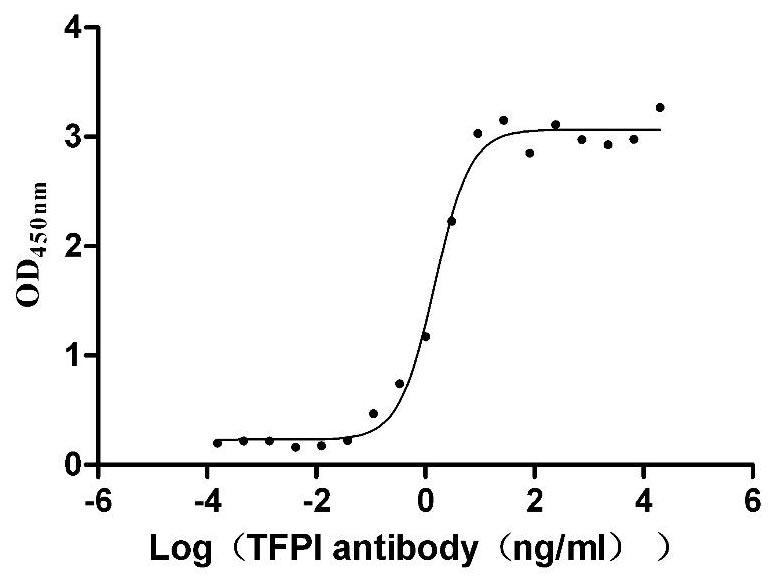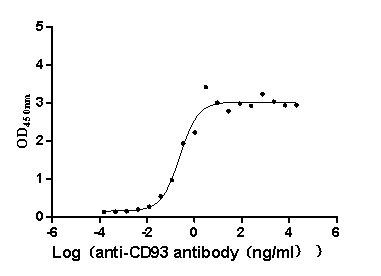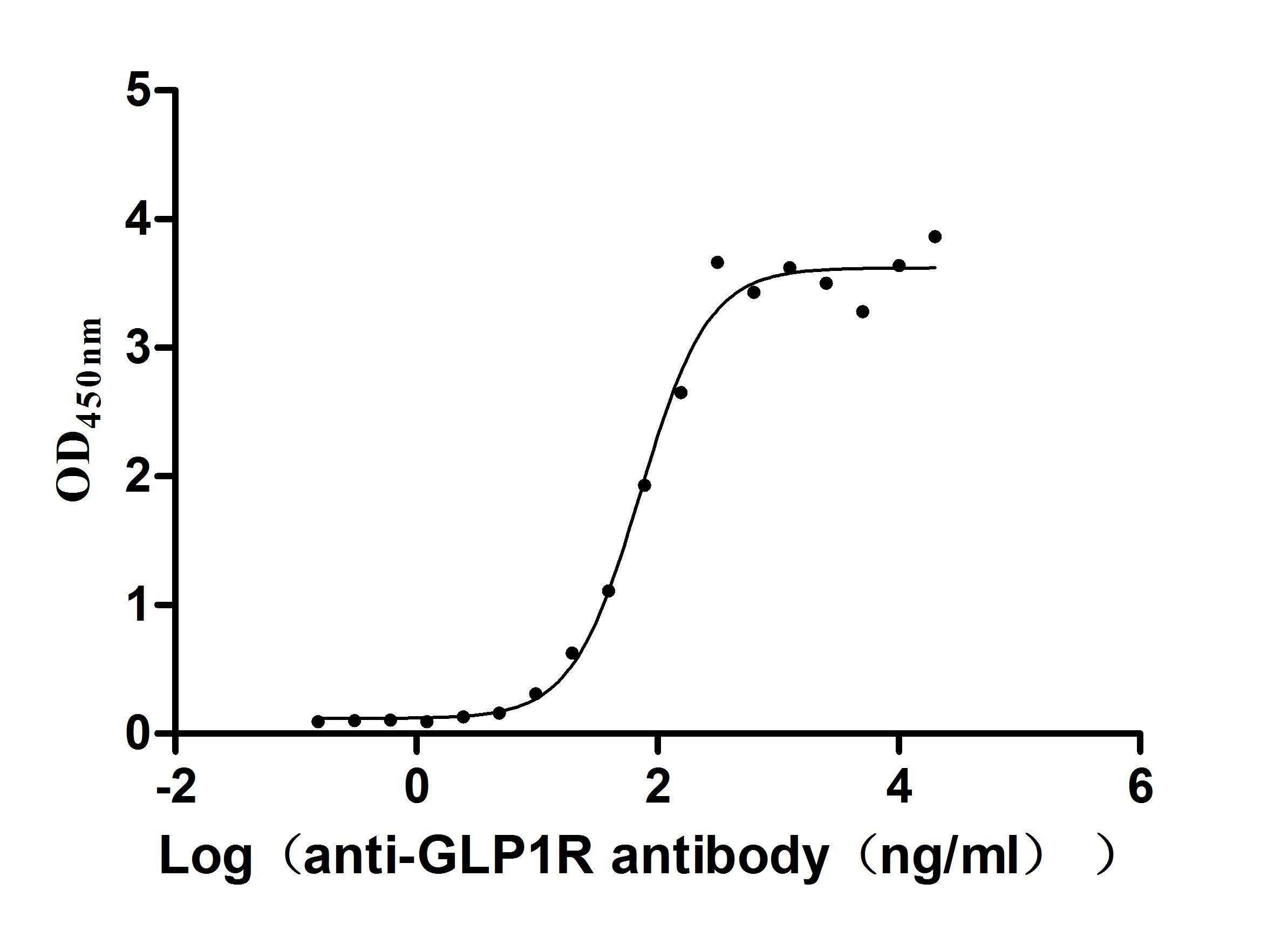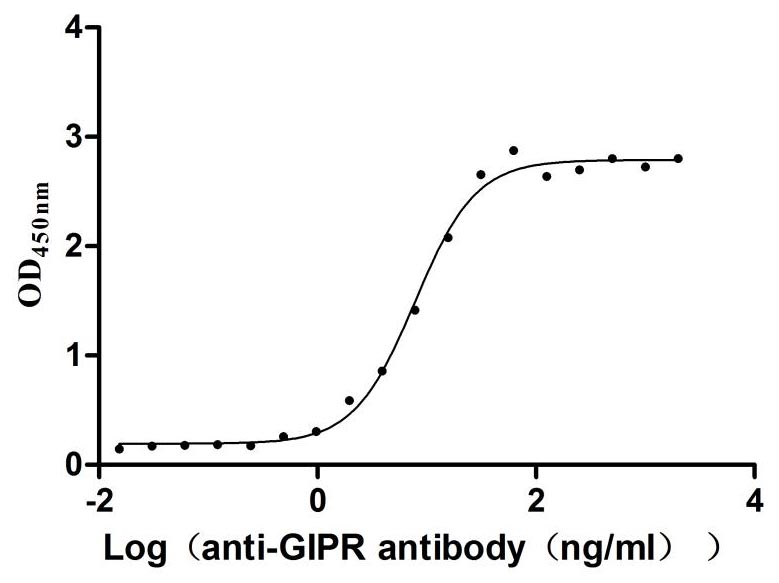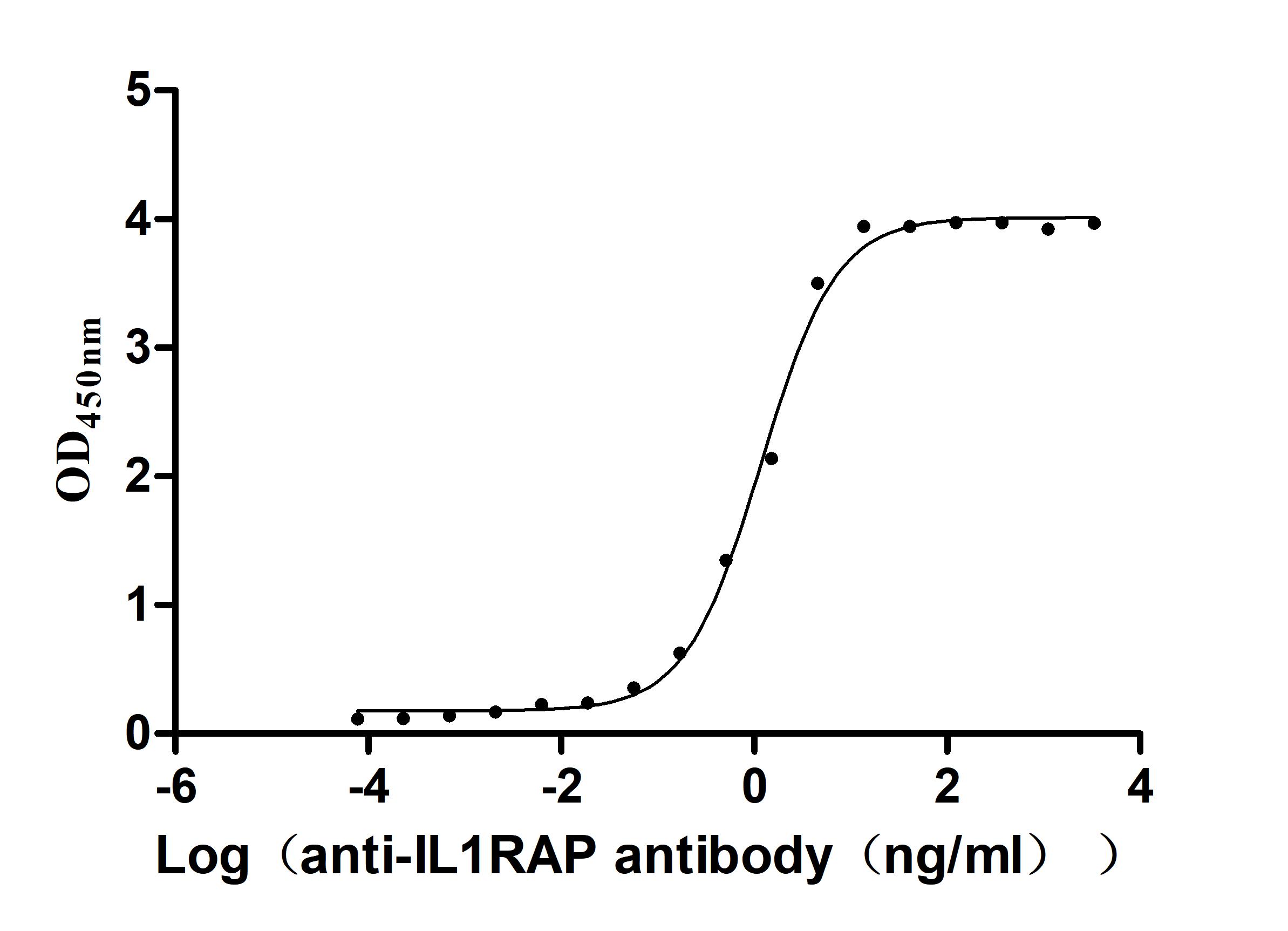Recombinant Mouse ATM interactor (Atmin), partial
-
中文名稱:Recombinant Mouse ATM interactor(Atmin) ,partial
-
貨號:CSB-YP002304MO
-
說明書:
-
規格:
-
來源:Yeast
-
其他:
-
中文名稱:Recombinant Mouse ATM interactor(Atmin) ,partial
-
貨號:CSB-EP002304MO
-
說明書:
-
規格:
-
來源:E.coli
-
其他:
-
中文名稱:Recombinant Mouse ATM interactor(Atmin) ,partial
-
貨號:CSB-EP002304MO-B
-
說明書:
-
規格:
-
來源:E.coli
-
共軛:Avi-tag Biotinylated
E. coli biotin ligase (BirA) is highly specific in covalently attaching biotin to the 15 amino acid AviTag peptide. This recombinant protein was biotinylated in vivo by AviTag-BirA technology, which method is BriA catalyzes amide linkage between the biotin and the specific lysine of the AviTag.
-
其他:
-
中文名稱:Recombinant Mouse ATM interactor(Atmin) ,partial
-
貨號:CSB-BP002304MO
-
說明書:
-
規格:
-
來源:Baculovirus
-
其他:
產品詳情
-
純度:>85% (SDS-PAGE)
-
基因名:Atmin
-
Uniprot No.:
-
別名:Atmin; Kiaa0431ATM interactor; ATM/ATR-substrate CHK2-interacting zinc finger protein; ASCIZ
-
種屬:Mus musculus (Mouse)
-
蛋白長度:Partial
-
蛋白標簽:Tag?type?will?be?determined?during?the?manufacturing?process.
The tag type will be determined during production process. If you have specified tag type, please tell us and we will develop the specified tag preferentially. -
產品提供形式:Lyophilized powder
Note: We will preferentially ship the format that we have in stock, however, if you have any special requirement for the format, please remark your requirement when placing the order, we will prepare according to your demand. -
復溶:We recommend that this vial be briefly centrifuged prior to opening to bring the contents to the bottom. Please reconstitute protein in deionized sterile water to a concentration of 0.1-1.0 mg/mL.We recommend to add 5-50% of glycerol (final concentration) and aliquot for long-term storage at -20℃/-80℃. Our default final concentration of glycerol is 50%. Customers could use it as reference.
-
儲存條件:Store at -20°C/-80°C upon receipt, aliquoting is necessary for mutiple use. Avoid repeated freeze-thaw cycles.
-
保質期:The shelf life is related to many factors, storage state, buffer ingredients, storage temperature and the stability of the protein itself.
Generally, the shelf life of liquid form is 6 months at -20°C/-80°C. The shelf life of lyophilized form is 12 months at -20°C/-80°C. -
貨期:Delivery time may differ from different purchasing way or location, please kindly consult your local distributors for specific delivery time.Note: All of our proteins are default shipped with normal blue ice packs, if you request to ship with dry ice, please communicate with us in advance and extra fees will be charged.
-
注意事項:Repeated freezing and thawing is not recommended. Store working aliquots at 4°C for up to one week.
-
Datasheet :Please contact us to get it.
靶點詳情
-
功能:Transcription factor. Plays a crucial role in cell survival and RAD51 foci formation in response to methylating DNA damage. Involved in regulating the activity of ATM in the absence of DNA damage. May play a role in stabilizing ATM. Binds to the DYNLL1 promoter and activates its transcription.
-
基因功能參考文獻:
- ASCIZ/ATMIN is dispensable for ATM activation, and contradict the previously reported dependence of ATM on ASCIZ/ATMIN. PMID: 28648892
- oncogenic MYC expression, which is synthetic lethal with Dynll1 deletion in B-2 cells, did not further reduce B-1a cell numbers in Dynll1-defcient mice. we found that the ASCIZ-DYNLL1 axis was also required for the early-juvenile development of aggressive MYC-driven and p53-deficient B cell lymphomas. PMID: 28922373
- ATMIN, therefore, has multiple roles in different cell types, and its absence results in perturbed hematopoiesis, especially during stress conditions and aging. PMID: 27581360
- ASCIZ and its target DYNLL1 are essential for the development and expansion of MYC-driven B cell lymphoma. PMID: 26832406
- These results reveal a new requirement for ATMIN-dependent ATM signaling in TP53-deficient glioblastoma multiforme, indicating a pro-tumorigenic role for ATM in the context of these tumors. PMID: 26984279
- findings reveal a novel model for an intestinal bowel disease phenotype that occurs upon combined loss of the DNA repair cofactors ATMIN and NBS1 PMID: 26544571
- Results show that Atmin is critical for normal kidney development through Wnt signaling pathway modifications. PMID: 24852369
- ATMIN has a role in lung morphogenesis and ciliogenesis through transcriptional regulation PMID: 25294941
- the antagonism and redundancy of ATMIN and NBS1 constitute a crucial regulatory mechanism for ATM signaling and function. PMID: 23219553
- a key role for ASCIZ in regulating the survival of developing B cells by activating DYNLL1 expression, which may then modulate Bim-dependent apoptosis PMID: 22891272
- ASCIZ (ATMIN) regulates B cell development by inducing DYNLL1 (LC8) expression which in turn prevents Bim-dependent apoptosis in immature B cells in the bone marrow PMID: 22891272
- The ASCIZ-DYNLL1 feedback loop represents a novel mechanism for auto-regulation of gene expression, where the gene product directly inhibits the transcriptional activator while bound at its own promoter. PMID: 22167198
- ATMIN has dual functions as an efficiency factor for DNA base damage repair as well as a key transcriptional regulator of early lung development. PMID: 21415597
- Identify a role for ATMIN in regulating the maintenance of genomic stability and tumor suppression in B cells. PMID: 21575860
- Data indicate that, in addition to its role in the DNA base damage response, ASCIZ has separate developmental functions as an essential regulator of respiratory organogenesis. PMID: 20975950
- Absence of Asciz (Atmin) leads to increased oxidative and methylating DNA base damage sensitivity in primary fibroblasts PMID: 20975950
- Asciz (Atmin) deletion or knock-down does not affect ATM levels and activation in mouse, chicken, or human cells PMID: 20975950
- Asciz is essential for mouse embryonic development and lung organogenesis likely as a transcription factor PMID: 20975950
- ATMIN mediates ATM activation by oxidative stress, and thereby ATMIN protects the aging brain by preventing accumulation of DNA damage. PMID: 20889973
顯示更多
收起更多
-
亞細胞定位:Nucleus.
-
數據庫鏈接:
Most popular with customers
-
Express system: Mammalian cell
Species: Homo sapiens (Human)
-
Recombinant Human Tissue factor pathway inhibitor (TFPI), partial (Active)
Express system: Mammalian cell
Species: Homo sapiens (Human)
-
Recombinant Macaca fascicularis CD93 molecule (CD93), partial (Active)
Express system: Mammalian cell
Species: Macaca fascicularis (Crab-eating macaque) (Cynomolgus monkey)
-
Recombinant Human Glucagon-like peptide 1 receptor (GLP1R), partial (Active)
Express system: Mammalian cell
Species: Homo sapiens (Human)
-
Recombinant Rat Gastric inhibitory polypeptide receptor (Gipr), partial (Active)
Express system: Mammalian cell
Species: Rattus norvegicus (Rat)
-
Recombinant Human CD70 antigen (CD70), partial (Active)
Express system: Mammalian cell
Species: Homo sapiens (Human)
-
Recombinant Human Interleukin-1 receptor accessory protein (IL1RAP), partial (Active)
Express system: Mammalian cell
Species: Homo sapiens (Human)


